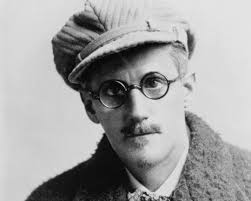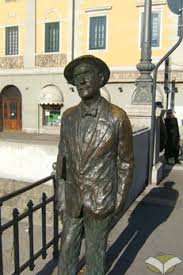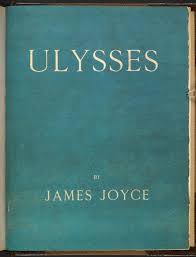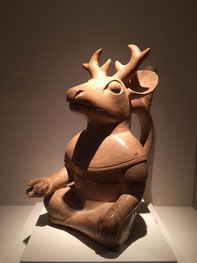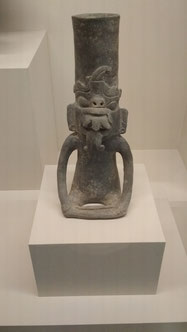21STMARCH AT 18.00 CEGEN "LITERATURE AND LIFE IN THE NEW AGE: JOYCE AND SVEVO A BRILLIANT FRIENDSHIP"
CEGEN: LITERATURE AND LIFE IN THE NEW AGE: JOYCE AND SVEVO A BRILLIANT FRIENDSHIP
“JAMES JOYCE LIVED IN Trieste between 1905 and 1915, scraping by as an English teacher and occupying a series of squalid apartments in the new section of town in its last years as an Austrian-controlled city. Here he wrote most of Dubliners and the whole of A Portrait of the Artist as a Young Man, and devised the outline for Ulysses. Trieste, in other words, was where Joyce became arguably the greatest writer in the English language in the twentieth century, though it would be decades before anyone became aware of this.”
“The fusing of real people with mythical ones, of the ordinary with the extraordinary, begins with Dubliners and its mournful stories.
Joyce’s urge to see the individual within the group, and endow him with mythic qualities, was of a piece with his own journey from an Irishman to a European. To be European was to be cosmopolitan, and thus freed of the shackles of religion, ethnicity, and other forms of group identity. This process reaches an apotheosis in Ulysses, which owes as much to Dante, as to Homer, to say nothing of the Old Testament, Aristotle, Milton, Shakespeare, and much else.”
Adriatic, p.110 p.3
“ONE STUDENT OF JOYCE in Trieste was the Swabian-born Ettore Schmitz, a successful middle-aged manager of a company that sold anti-corrosive paints for the hulls of ships. The Jewish Schmitz had a father who was Hungarian, just like Bloom in Ulysses. Schmitz, inspired by Joyce, became the pat-breaking modernist of Trieste and the literary spirit of the city. Under the pen name of Italo Svevo (meaning “Italian Swabian”), his novel Confessions of Zeno, published in Italian in 1923, with its …hard aesthetic and random refraction of memory, has almost attained the status of cult worship.”
Adriatic, p.111, p.2
Adriatic, p.109 p.1
POST TITLE PLACEHOLDER
POST INTRO PLACEHOLDER
POST MAIN TEXT BODY (200-300 words)
